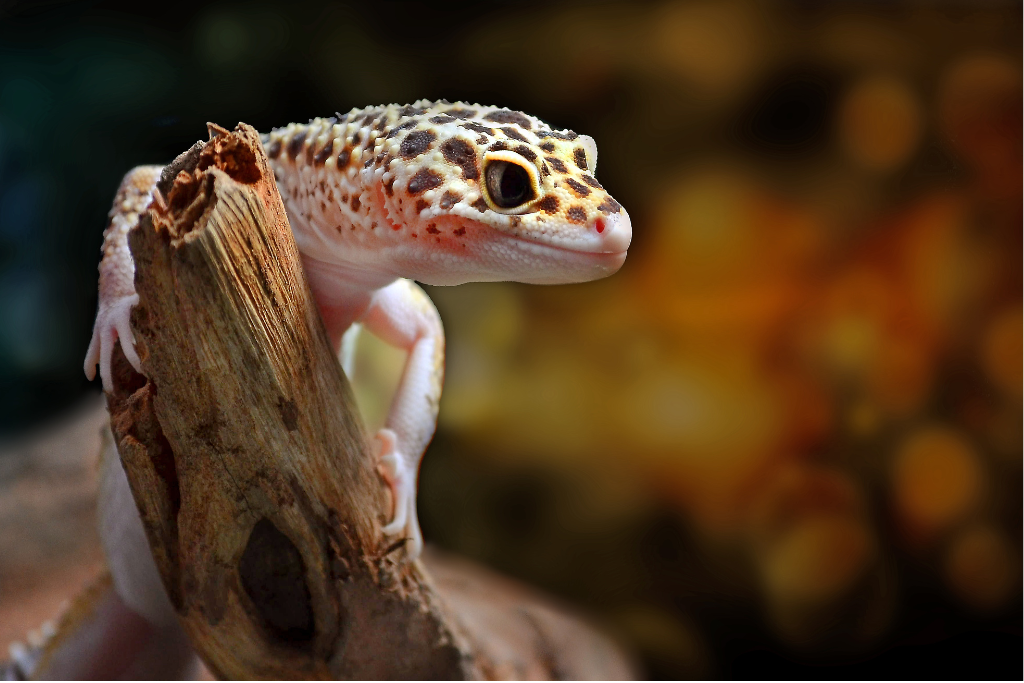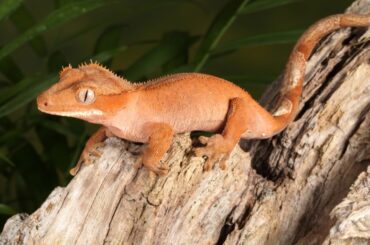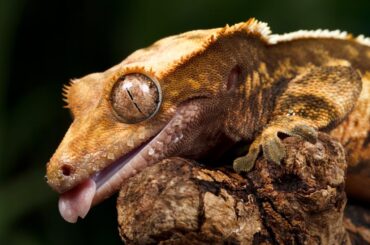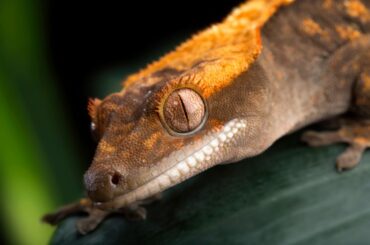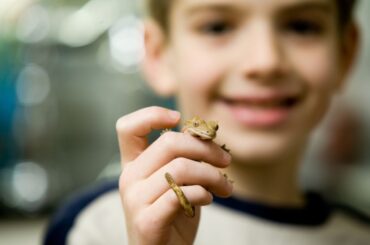Do you want to know how healthy your leopard gecko is? Have you heard about metabolic bone disease (MBD) and how it affects these interesting reptiles?
MBD affects leopard geckos and other animals. It’s caused by not getting enough calcium and vitamin D3, which makes bones weaker and causes other health problems. If a gecko doesn’t get enough calcium, its bones become soft, weak, and malformed.
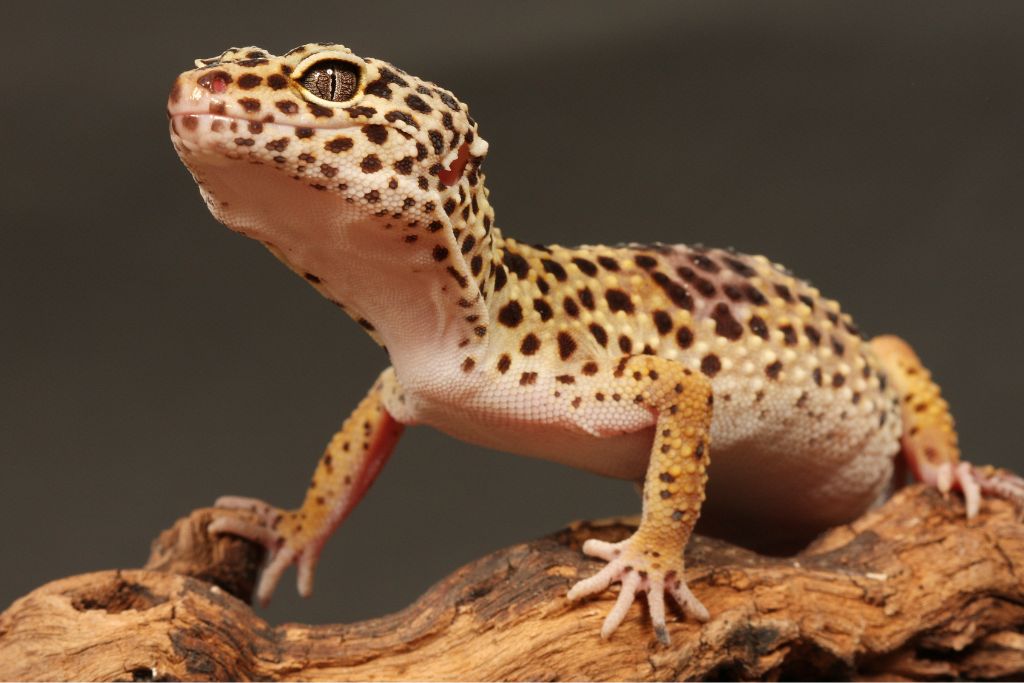
Leopard gecko owners are worried about MBD because it can cause great pain, deformities, and even death if it is not treated.
MBD in leopard geckos starts with tiredness, tremors, and swollen arms. Geckos can get better if their owners get help from a doctor. Gecko’s bone health might improve with a better diet, calcium and vitamin D3 supplements, and adjustments to their enclosure setup to optimize their bone health.
Causes of Metabolic Bone Disease
Metabolic bone disease can be caused by several factors in leopard geckos. Here are some common reasons why MBD happens:
- Calcium and Vitamin D3 Deficiency: Leopard geckos need enough calcium and vitamin D3 for their bones to stay healthy. MBD can happen when a person doesn’t get enough of these nutrients in their food.
- Improper Diet: Feeding leopard geckos a diet that doesn’t have enough calcium-rich foods, like insects with proper supplements, can lead to MBD.
- Inadequate UVB Exposure: Geckos use UVB rays to make vitamin D3, which helps them take in calcium. They can’t use calcium in their bodies well without UVB light.
- Incorrect Temperature and Humidity: If the temperature and humidity of a gecko’s cage are incorrect, it can change how it eats and digests, which can cause nutritional imbalances that can lead to MBD.
- Genetic Predisposition: Some leopard geckos may have a natural tendency to get MBD, which makes them more likely to get sick even if they are well cared for.
Early Signs of MBD in Leopard Geckos
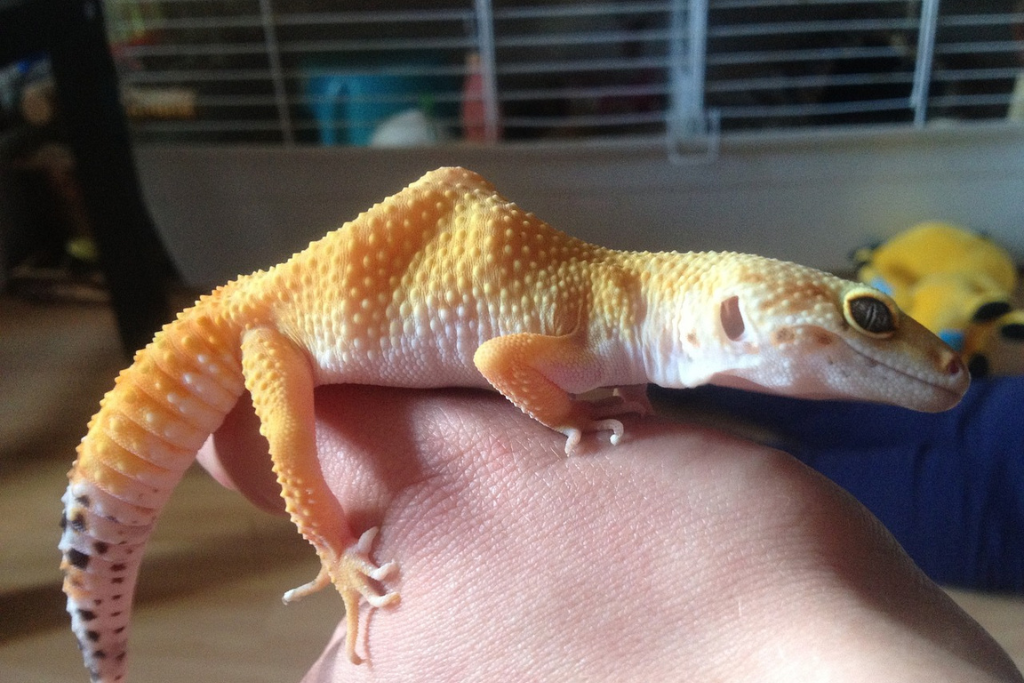
Leopard geckos with metabolic bone disease must be treated quickly, so spotting the first signs is important. Here are a few common early warning signs:
Lethargy
Your leopard gecko could show early signs of MBD if it is inactive or tired. They may be less active than usual and act slowly.
Tremors or Shakes
Geckos with MBD may shake or tremble, especially in their arms and legs. You can see these tremors when the gecko is still or when it is moving.
Swollen or Deformed Limbs
MBD can make bones weaker, which can cause the gecko’s limbs to swell or become deformed. The arms may look swollen or misshapen or have trouble holding up weight.
Difficulty Walking or Climbing
Geckos with MBD may have trouble walking or climbing because they have an abnormal gait or can’t hold on to objects.
Reduced Appetite
Early signs of MBD in leopard geckos show by not wanting to eat as much or not wanting to eat at all. This could be because of the pain and other symptoms of the sickness.
Softening of Jaw or Facial Bones
MBD can sometimes cause the gecko’s jaw or face bones to become soft or deform over time.
How to Treat MBD in Leopard Geckos
If your leopard gecko has been identified with MBD, it must be treated as soon as possible to improve its condition. Here are some ways to help leopard geckos with MBD:
Calcium and Vitamin D3 Supplementation
Your veterinarian may suggest calcium and vitamin D3 supplements to compensate for the lack and help the bones heal. You can give them these pills orally or sprinkle them on food with calcium powder.
Balanced Diet
For your gecko to get better, you must make sure it has healthy food. Feed them insects that are high in calcium, like crickets and mealworms, and ask your vet if you should add calcium supplements to their food.
UVB Lighting
Giving your gecko the right amount of UVB light in its enclosure is important for its calcium metabolism. UVB light helps the body make vitamin D3, which allows the body to absorb calcium. Talk to an expert to determine the best UVB lighting setting for your gecko.
Enclosure Modifications
Adjusting the gecko’s home can help them get better. Make sure the weather and humidity are right. They must have a safe, comfortable place encouraging natural behavior and exercise.
Veterinary Care
Regular visits to an experienced reptile veterinarian are necessary. It helps to keep track of your gecko’s growth and make any necessary changes to the treatment plan. They can give additional guidance and help throughout the recovery process.
Prevention Strategies for Metabolic Bone Disease
Metabolic bone disease is bad for leopard geckos’ long-term health and well-being, so preventing it is important. Here are some good ways to keep MBD from happening:
Proper Nutrition
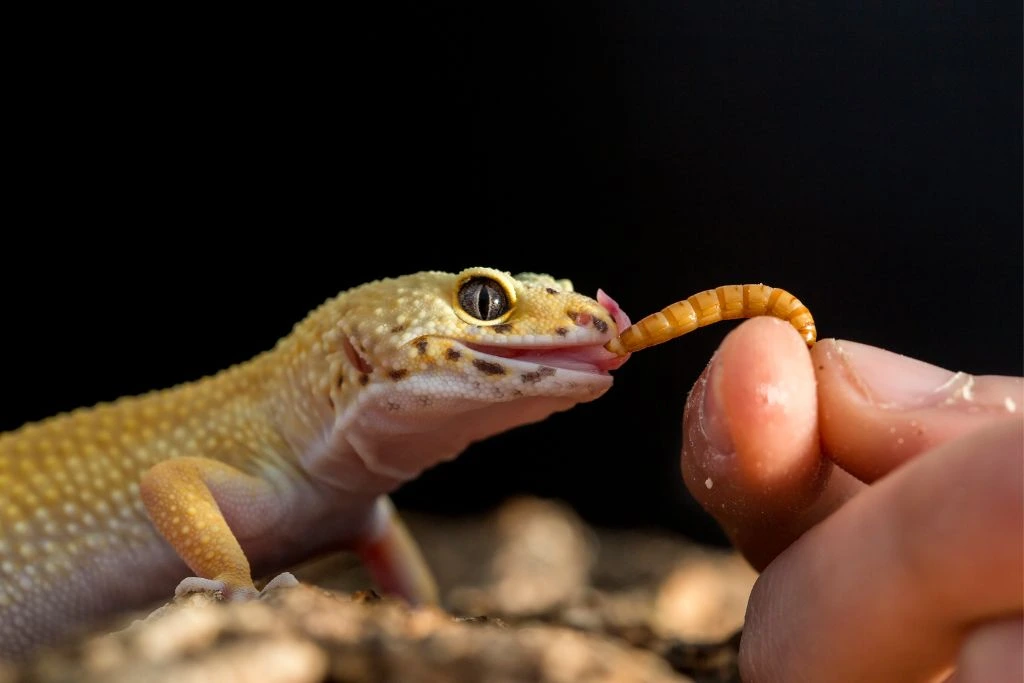
Ensure your gecko has a healthy diet that includes foods high in calcium. Feed them a range of insects that are the right size, like crickets and mealworms, that have calcium-rich supplements in their guts. Also, you could offer calcium powder for the insects to dust themselves before eating.
UVB Lighting
In their cage, make sure your gecko has access to UVB lighting. This kind of light helps them make vitamin D3, which helps the body take in calcium. Talk to a professional to find out how long and what kind of UVB lights your gecko needs.
Enclosure Setup
Make sure your gecko has the right temperature and humidity. Use a thermometer and a hygrometer made for reptiles. To reduce worry and get animals to do more natural things, give them places to hide, food, and a clean environment.
Regular Veterinary Check-Ups
Visit an experienced reptile vet often to keep your gecko healthy. They can check the gecko’s health, give advice on food and care, and spot early signs of health problems.
Research and Education
Learn how to care for a leopard gecko the right way by reading books or going to online groups. Educate yourself about their specific dietary and environmental needs all the time so you can make good choices.
Conclusion
Proactive care, early diagnosis, and prevention are important for the leopard gecko’s well-being. As responsible pet owners, we must ensure that our geckos have balanced food, enough light, and a good place to live.
To give the best care possible, you need to keep learning and staying up to date on their unique needs. Let’s work together to keep our leopard geckos healthy and growing without metabolic bone disease getting in the way.
FAQs
Can MBD be Treated in Leopard Geckos?
Yes, MBD in leopard geckos can be treated with extra calcium and vitamin D3, a balanced diet, UVB lighting, and changes to the enclosure. Get good care from a veterinarian.
Can MBD be Fatal for Leopard Geckos?
Yes, Leopard geckos can die of MBD if it is not handled. It causes a lot of pain, deformities, and heart problems. For a better prognosis, finding the problem and treating it early is important.
What is Metabolic Bone Disease in Leopard Geckos?
Metabolic bone disease happens when leopard geckos don’t get enough calcium and vitamin D3.
What Should I Feed My Leopard Gecko to Prevent Mbd?
Feed your gecko a variety of insects, like crickets and mealworms, that are high in calcium. You could also dust them with calcium powder. Give insects with full stomachs for the best nutrition.
How Often Should I Take My Leopard Gecko to the Vet to Monitor MBD?
Geckos should go to the veterinarian regularly so that MBD can be found early. Ask an expert reptile vet for help.

